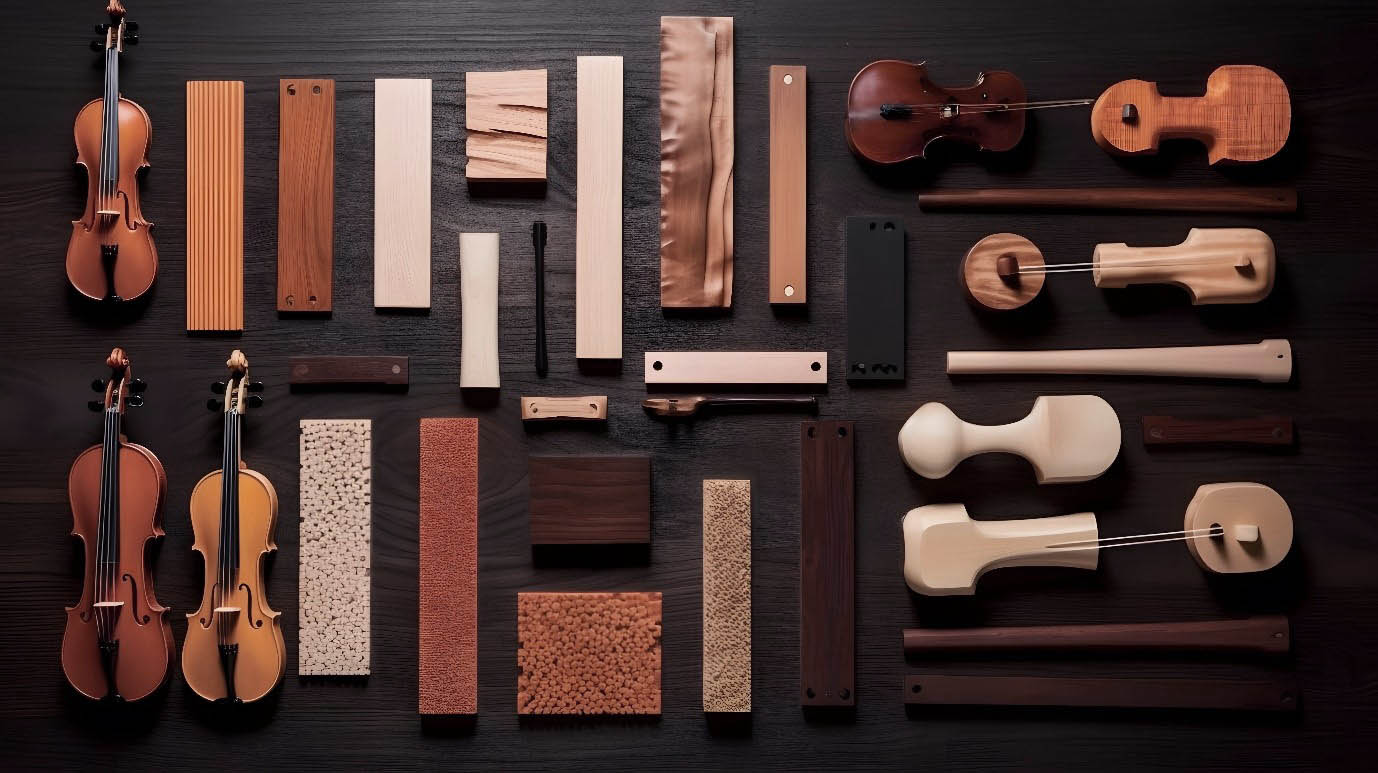Exporting violins is not merely a transaction; it’s an art form that requires a deep understanding of international regulations, market dynamics, logistical intricacies, and the cultivation of strong relationships. This comprehensive guide delves into the essential aspects of exporting violins, from navigating regulations to building enduring partnerships.
Understanding International Regulations:
Exporting violins involves compliance with a myriad of international regulations governing trade, customs, and environmental sustainability. Violins, being musical instruments made from wood, are subject to strict regulations such as the Convention on International Trade in Endangered Species of Wild Fauna and Flora (CITES). This convention aims to ensure that the trade of certain species of plants and animals does not threaten their survival. Violin exporters must understand CITES regulations to ensure the legal and ethical sourcing of wood for instrument construction. Additionally, knowledge of import/export duties and taxes imposed by different countries is crucial to avoid legal complications and financial losses.
Identifying Market Trends and Demand:
Successful violin exporters stay attuned to market trends and demand fluctuations across various regions. Exporters can tailor their product offerings to meet specific customer needs by analyzing market data and consumer preferences. For example, understanding the rising demand for electric violins in contemporary music genres or the preference for traditional acoustic violins in classical music circles enables exporters to adjust their inventory accordingly. Market research also helps in identifying emerging markets with untapped potential, allowing violin exporters to expand their reach strategically.
Navigating Customs and Shipping Processes:
Navigating customs and shipping processes efficiently is vital for smooth and timely deliveries of exported violins. Exporters must familiarize themselves with documentation requirements, packaging guidelines, and shipping protocols specific to each destination country. This includes accurately completing customs declarations, obtaining necessary permits, and adhering to packaging standards to ensure the safety of fragile instruments during transit. Partnering with reputable freight forwarders and logistics providers can streamline the shipping process and mitigate potential delays or mishaps.
Building Relationships with Distributors and Retailers:
Building strong relationships with distributors and retailers is paramount for sustained success in the violin export business. Effective communication, reliability, and trustworthiness are the cornerstones of fruitful partnerships. Establishing mutually beneficial agreements that outline distribution channels, pricing structures, and support services fosters long-term collaboration. Moreover, providing personalized attention, responsive customer service, and product training enhances the value proposition for distributors and retailers, encouraging loyalty and repeat business.
In conclusion, exporting violins requires a multifaceted approach that encompasses regulatory compliance, market intelligence, logistical proficiency, and relationship-building skills. By mastering these aspects, violin exporters can confidently navigate the complexities of international trade, delivering exceptional instruments to musicians worldwide.









